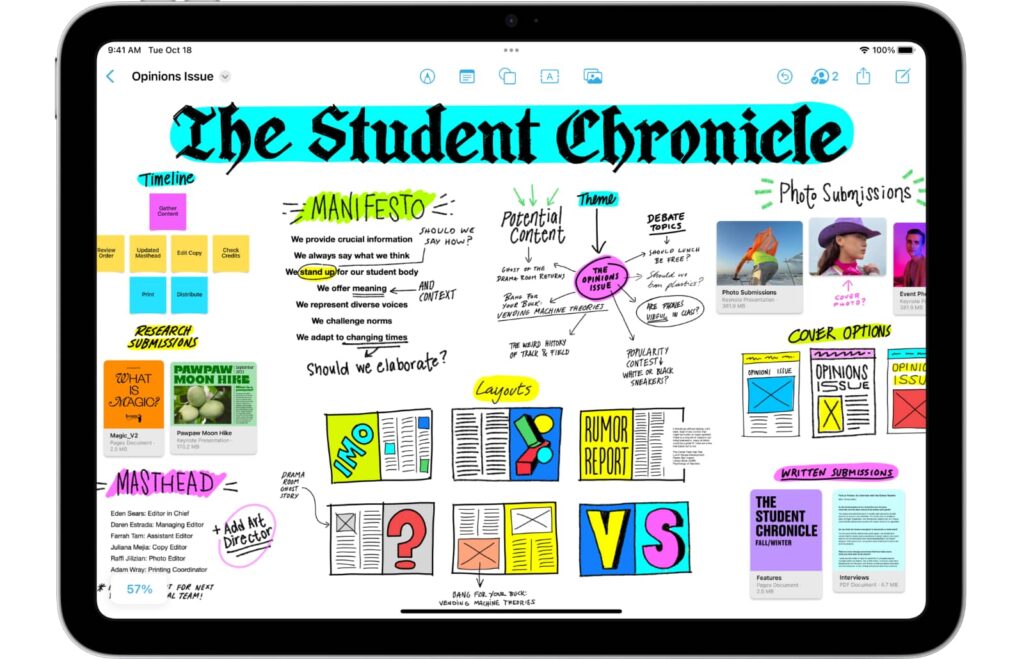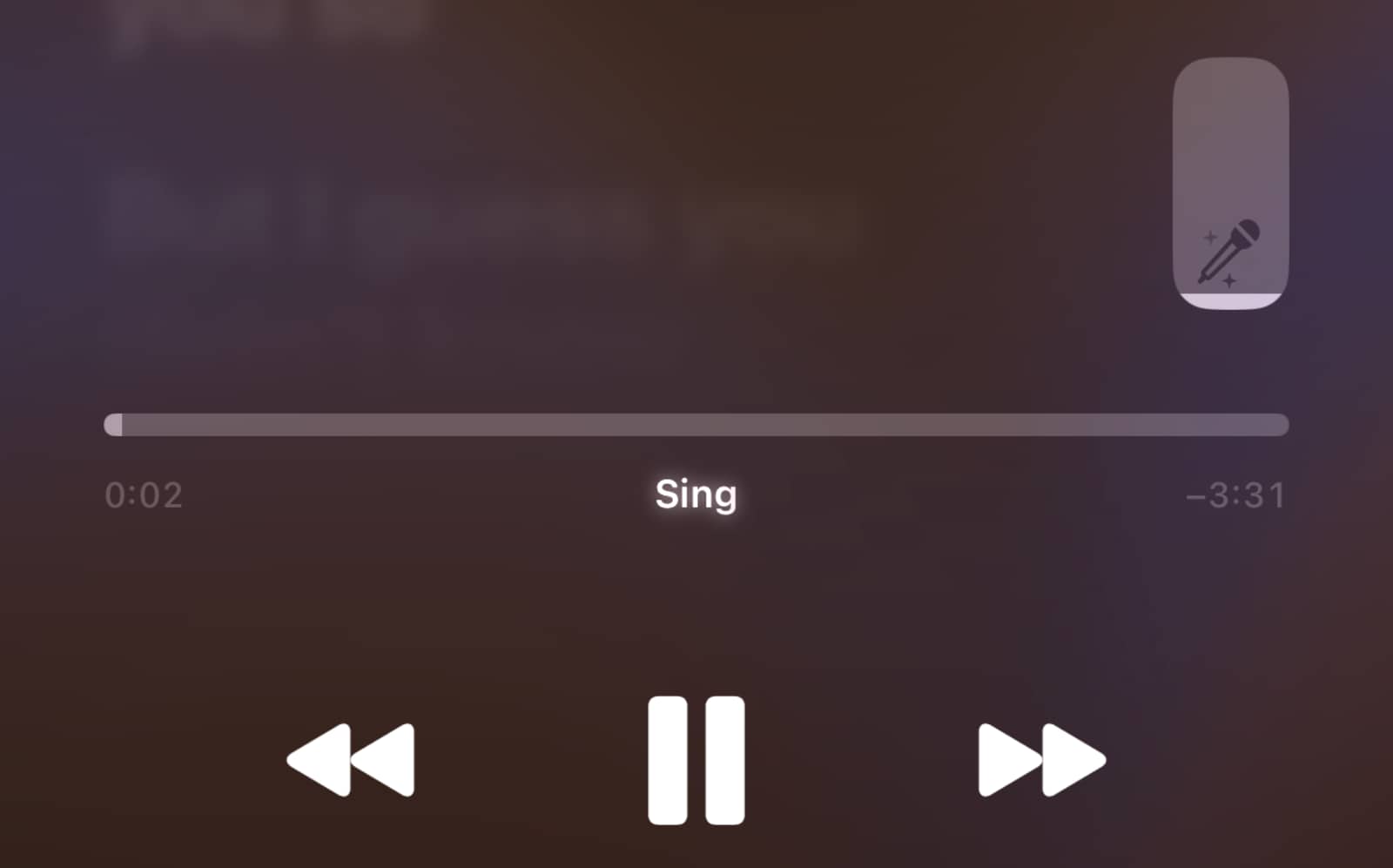New versions of Apple operating systems are rolling out to devices this week, and with it comes a feature Apple talked about only recently, adding karaoke to a device you might own.
There’s yet another reason to consider jumping over to Apple Music, and it’s not just because of the Dolby Atmos spatial sound, the inclusion of high-res lossless as standard, the addition of spatial in DJ mixes and suggestion of more classical on the way, and so on and so on.
Rather, if you’re a fan of karaoke, also known as just belting out classics with your friends while drinking, a feature is rolling out across quite a few iPhone and iPad models in an iOS update this week, but it’s only for subscribers to Apple Music.
The addition is called “Sing”, and it basically brings a form of machine learning to your favourite tunes, allowing you to turn down the vocals and sing the lyrics without the companionship of the official tunes.
Testing the feature this week, Sing will pop-up when you head to the lyrics of songs, with a button that lets you kick it off and switches the track from its current playback mode into the Sing mode. That might mean listening in Atmos or lossless gives way to Sing, which will let you turn down the vocal channel and just hear the instrumentation, all while the lyrics pop up in time on the screen.
It could be the death knell for dedicated karaoke systems, because the mode is really impressive.
Apple hasn’t quite said how it works, but testing it out, it almost seems to create a machine learning model around where the vocals would be laid in the centre channel, and extracts and separates it, allowing you to change the levels for what’s being sung.
If that just sounds like total jargon, the idea is basically there: press the sing button and then control the fader to allow the vocals to be lowered so you can sing over the real singer.
Apple has prepared a bunch of playlists for the addition, which requires iOS 16.2 on the iPhone, iPadOS 16.2 on the iPad, and only works on this year’s 2022 Apple TV. In fact, testing it the latest tvOS on last year’s Apple TV shows that the feature does not in fact work on that model. It’s basically new or nothing to sing with your Apple TV and Apple Music Sing.
Some songs do work better than others, though. Rock and pop tend to be great, and hip-hop worked better than expected, provided there was a musical hook for the model to grab onto. Tracks by Nelly, Big Punisher, Hilltop Hoods, and Lupe Fiasco revealed great backing tracks that you could rap alongside or maybe just listen to, though we found some of the less music heavy tracks from DMX caused Sing to not fire at all. Some work, some don’t.

If you want to hear the machine learning model struggle at times, listen to Lovefool by The Cardigans, and turn the setting for Sing right down. For most of the track, the vocals are pretty quiet, but just before the chorus, it struggles with some of the words. That’s a sign the model isn’t perfect, but it’s still a great outcome, and will work on quite a few devices.
Officially, Apple Music Sing will work on models from the iPhone 11 and higher, including the recent iPhone SE, plus the iPad Air 4th-gen and higher, iPad mini 6th-gen, iPad 9th-gen and higher, and the iPad Pro 3rd-gen and higher, with this year’s Apple TV also supported. Basically, most iPad and iPhone models made in the past three years, plus the new Apple TV from this year.
Sing joins other features in the iOS 16.2 update, including the addition of the Freeform app also coming for iOS 16.2, iPadOS 16.2, and macOS Ventura 13.1 that will allow you to share drawing stages across devices and with various people, able to be worked on over FaceTime calls with friends and family.








